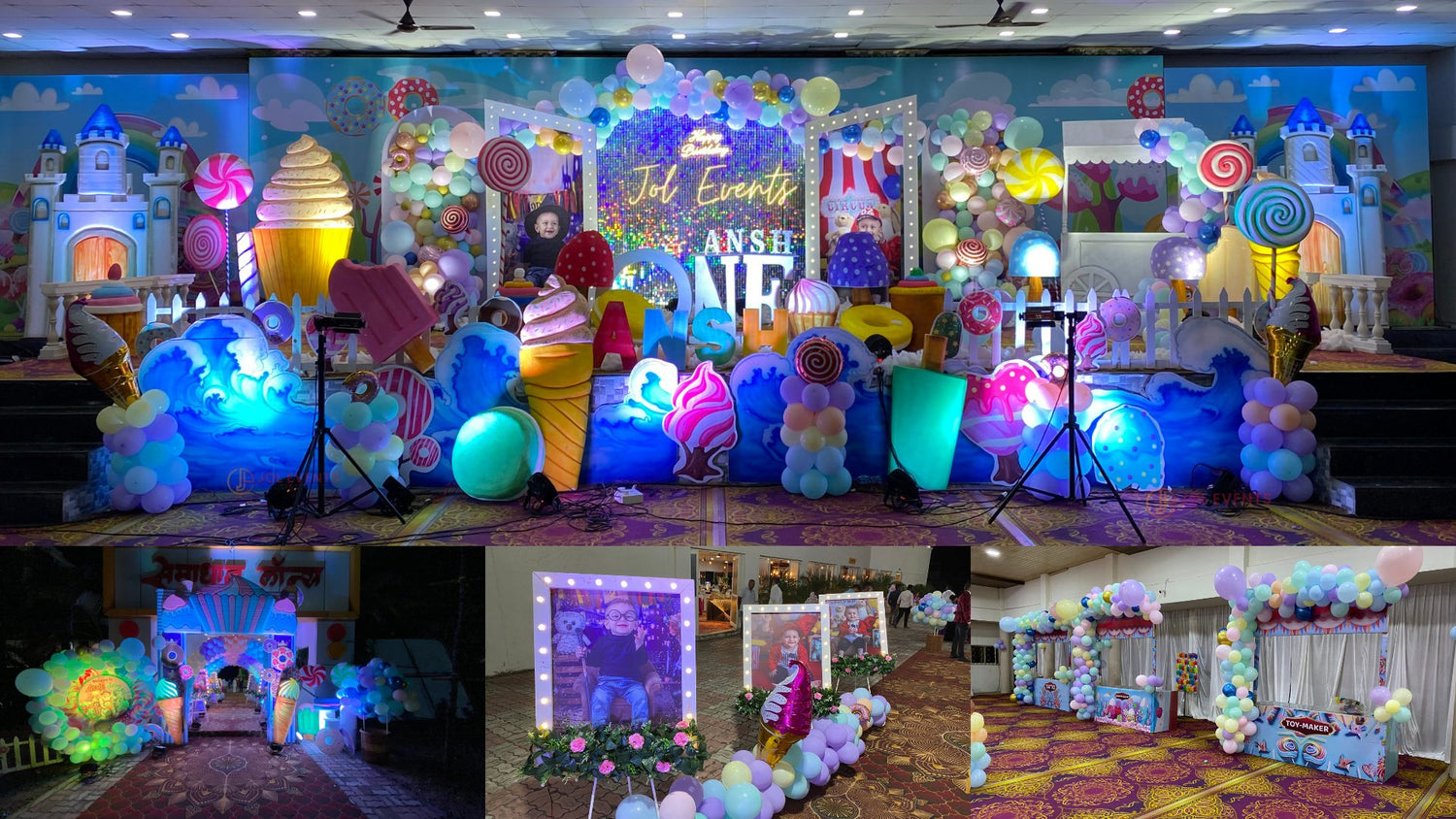Ganpati celebration, also known as Ganesh Chaturthi, holds immense emotional significance for the people of Pune and the entire state of Maharashtra in India. It is one of the most widely celebrated festivals in the region. The festival revolves around the worship of Lord Ganesh, the elephant-headed deity who is revered as the symbol of wisdom, prosperity, and good fortune.
The emotional connection of people to Ganpati celebration in Pune can be observed in various aspects:
-
Historical and Cultural Importance: Ganesh Chaturthi has been celebrated in Pune for over a century and has become an integral part of the city's cultural fabric. The festival is deeply rooted in the history and traditions of the region. People feel a strong emotional attachment to the festival as it represents their cultural heritage and identity.
-
Community Bonding: Ganesh Chaturthi is a community-driven festival in Pune. Various neighborhoods, residential areas, and organizations come together to install Ganesh idols in beautifully decorated pandals (temporary structures). The entire community gets involved in the preparations, including organizing processions, cultural events, and feasts. This sense of collective participation and unity fosters a strong emotional bond among the people.
-
Personal Devotion: Individuals and families in Pune have their own personal connection with Lord Ganesh. Many households install small idols of Lord Ganesh in their homes and offer prayers and offerings during the festival. People believe that Lord Ganesh brings blessings and removes obstacles from their lives. This personal devotion creates a deep emotional connect with the deity and the festival.
-
Nostalgia and Childhood Memories: Ganesh Chaturthi holds a special place in the hearts of people in Pune as it is associated with cherished childhood memories. The excitement of bringing home the idol, decorating it, participating in cultural programs, and immersing the idol in water bodies at the end of the festival evokes a sense of nostalgia and emotional joy.
-
Social Harmony and Inclusivity: Ganesh Chaturthi transcends barriers of caste, creed, and socioeconomic status. People from all walks of life participate in the festival, fostering a sense of social harmony and inclusivity. This aspect of the celebration strengthens emotional connections among diverse communities and promotes a feeling of togetherness.
Ganesh Chaturthi usually falls in the Hindu month of Bhadrapada (August-September) and lasts for ten days. The festival marks the birth of Lord Ganesha, the elephant-headed deity who is revered as the remover of obstacles and the god of wisdom.
During this time, Pune transforms into a hub of festivities, with various cultural events, processions, and vibrant decorations taking place across the city. Many people bring home clay idols of Lord Ganesha, beautifully crafted and decorated, and worship them with great devotion.
Pune is known for its community Ganeshotsav celebrations, where large and elaborate pandals (temporary structures) are set up to house the idols of Lord Ganesha. These pandals are often themed and attract numerous visitors who come to seek the blessings of the deity.
The streets of Pune witness grand processions called "Ganesh Visarjan," where devotees carry the idols of Lord Ganesha in a procession accompanied by music, dance, and chanting. The procession culminates with the immersion of the idols in rivers or water bodies, symbolizing the departure of Lord Ganesha back to his celestial abode.
The festival also includes cultural performances, music concerts, traditional dances, and competitions organized by various cultural and social organizations in Pune. These events showcase the rich cultural heritage of Maharashtra and add to the festive spirit.
Overall, the Ganpati celebration in Pune is not just a religious event; it is a deeply emotional and cultural experience for the people. It symbolizes unity, devotion, and the shared heritage of the community, evoking a sense of joy, belonging, and spiritual connection among the people of Pune.







